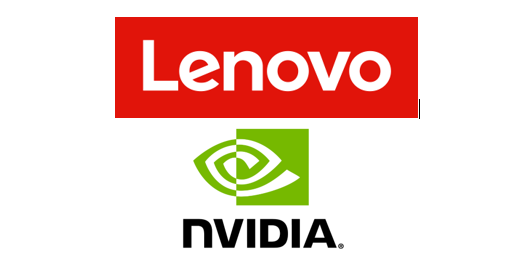In this video from FOSDEM’19, Christoph Angerer from NVIDIA presents: Rapids – Data Science on GPUs.
The next big step in data science will combine the ease of use of common Python APIs, but with the power and scalability of GPU compute. The RAPIDS project is the first step in giving data scientists the ability to use familiar APIs and abstractions while taking advantage of the same technology that enables dramatic increases in speed in deep learning. This session highlights the progress that has been made on RAPIDS, discusses how you can get up and running doing data science on the GPU, and provides some use cases involving graph analytics as motivation.
GPUs and GPU platforms have been responsible for the dramatic advancement of deep learning and other neural net methods in the past several years. At the same time, traditional machine learning workloads, which comprise the majority of business use cases, continue to be written in Python with heavy reliance on a combination of single-threaded tools (e.g., Pandas and Scikit-Learn) or large, multi-CPU distributed solutions (e.g., Spark and PySpark). RAPIDS, developed by a consortium of companies and available as open source code, allows for moving the vast majority of machine learning workloads from a CPU environment to GPUs. This allows for a substantial speed up, particularly on large data sets, and affords rapid, interactive work that previously was cumbersome to code or very slow to execute.
Many data science problems can be approached using a graph/network view, and much like traditional machine learning workloads, this has been either local (e.g., Gephi, Cytoscape, NetworkX) or distributed on CPU platforms (e.g., GraphX). We will present GPU-accelerated graph capabilities that, with minimal conceptual code changes, allows both graph representations and graph-based analytics to achieve similar speed ups on a GPU platform. By keeping all of these tasks on the GPU and minimizing redundant I/O, data scientists are enabled to model their data quickly and frequently, affording a higher degree of experimentation and more effective model generation. Further, keeping all of this in compatible formats allows quick movement from feature extraction, graph representation, graph analytic, enrichment back to the original data, and visualization of results. RAPIDS has a mission to build a platform that allows data scientist to explore data, train machine learning algorithms, and build applications while primarily staying on the GPU and GPU platforms.
Christoph Angerer manages the AI Developer Technology Engineers in EMEA, Russia, and India at NVIDIA. Christoph’s team is concerned with the implementation and optimization of artificial intelligence applications on GPUs, from traditional machine learning workflows to deep learning. Before joining NVIDIA, Christoph was researching energy efficient hardware accelerators at IBM Research in Switzerland. Christoph holds a PhD from the ETH Zurich, Switzerland.




